
Helena Lukášová, Michal Palaščak: Viscera Domus - výstava v DUMB
Pořadatel
Dům umění města Brna
Místo konání
Galerie Jaroslava Krále, Malinovského náměstí 2, Brno
Start
wed 11.6.2025 10:00
End
sun 10.8.2025 18:00
vernissage
tue 10.6.2025 18:00
Odkaz
www.dum-umeni.cz ...
Dům umění města Brna
Místo konání
Galerie Jaroslava Krále, Malinovského náměstí 2, Brno
Start
wed 11.6.2025 10:00
End
sun 10.8.2025 18:00
vernissage
tue 10.6.2025 18:00
Odkaz
www.dum-umeni.cz ...
Exhibitions
Czech Republic
Brno
Michal Palaščak
Publisher
Tisková zpráva
Tisková zpráva
The exhibition Viscera Domus presents a spatial-visual dialogue by Helena Lukášová and Michal Palaščak, inspired by a specific building – the recently opened extension of the Faculty of Education at Masaryk University in Brno on Poříčí, which encompasses several spacious studios for art education students and comfortable relaxation facilities for students and their teachers with views of greenery. In the Jaroslav Král Gallery, visitors enter a conceptually designed architectural labyrinth by Michal Palaščak, constructed from basic, already used building materials. The installation provides a framework for the paintings of Helena Lukášová, projected onto a holographic canvas and stretched into light boxes. Her works evoke a biological structure – a painting of exposed tissue created through computer manipulation. The authors' intention is to guide viewers through a corridor with views and perspectives that offers the maximum experience of the architectural solution of the experimental installation of the presented works and to show the building not as a utilitarian object, but as an organism living in symbiosis with humans.
The installation will also include the exterior of the building, specifically the balcony around the exhibition hall, which is accessible directly from the Jaroslav Král Gallery.
"One of the most famous and also most influential statements about architecture comes from the co-founder of modern architecture, Le Corbusier, who stated that 'a house is a machine for living in.' To a certain extent, this statement summarizes the modernist view of architecture, which emphasizes functionality and efficiency of living. According to him, a house should serve its inhabitants as purposefully and controllably as a machine. The rise of functionality, clarity, optimality, and economy simultaneously enchanted traditional notions of the house. There was no longer room for poetry, drama, romance, or mystery in architecture. The entirely rational approach to thinking about architecture has deprived it of the dimension that allows for the coexistence of buildings with humans.
Helena Lukášová and Michal Palaščak have decided to show the viewers one house in a way that allows us to look into the anatomical atlas of architecture. Their representation resembles sketches of the skeletal system with muscle tissue or organs. The evoked entrails and inner processes of the house resemble an entity that invites exploration, discovery, and understanding. Rather than a machine for living, the house is an organism prepared for coexistence, in which the house offers utility, and the human repays with meaning." Rostislav Koryčánek, curator of the exhibition.
The installation will also include the exterior of the building, specifically the balcony around the exhibition hall, which is accessible directly from the Jaroslav Král Gallery.
"One of the most famous and also most influential statements about architecture comes from the co-founder of modern architecture, Le Corbusier, who stated that 'a house is a machine for living in.' To a certain extent, this statement summarizes the modernist view of architecture, which emphasizes functionality and efficiency of living. According to him, a house should serve its inhabitants as purposefully and controllably as a machine. The rise of functionality, clarity, optimality, and economy simultaneously enchanted traditional notions of the house. There was no longer room for poetry, drama, romance, or mystery in architecture. The entirely rational approach to thinking about architecture has deprived it of the dimension that allows for the coexistence of buildings with humans.
Helena Lukášová and Michal Palaščak have decided to show the viewers one house in a way that allows us to look into the anatomical atlas of architecture. Their representation resembles sketches of the skeletal system with muscle tissue or organs. The evoked entrails and inner processes of the house resemble an entity that invites exploration, discovery, and understanding. Rather than a machine for living, the house is an organism prepared for coexistence, in which the house offers utility, and the human repays with meaning." Rostislav Koryčánek, curator of the exhibition.
The English translation is powered by AI tool. Switch to Czech to view the original text source.


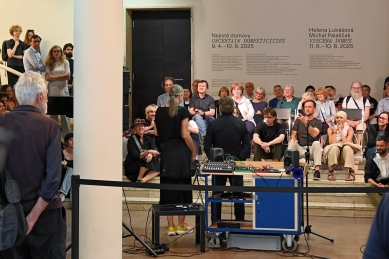
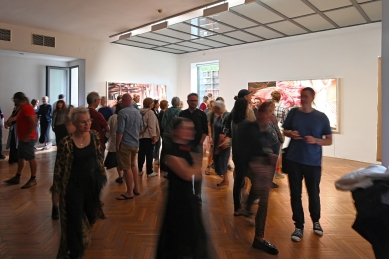
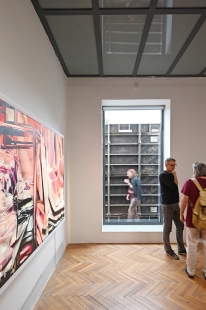
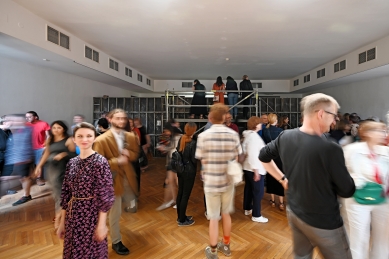

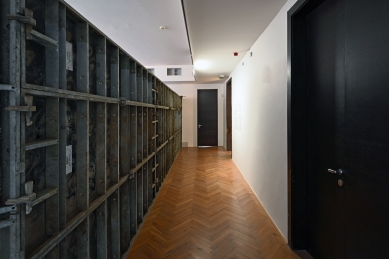

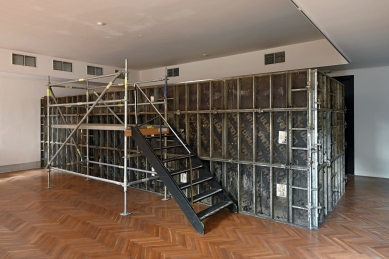







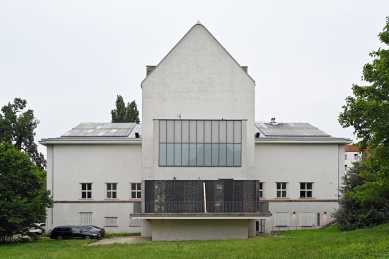
0 comments
add comment











